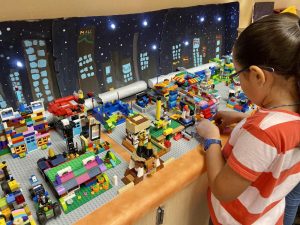
Career Pathways
When I was a kid, the opportunities to explore my future were few and far between. Granted, I was busy navigating the depths of my boundless imagination, driving my poor mom to her “last nerve”, and simply enjoying the essence of my unforgettable childhood. But as an adult, my curiosity has often compelled me to consider how different life might be had I been given earlier access to additional career pathways. Or better yet, if I had more meaningful exposure earlier in life, would I graciously be serving stakeholders in my community to the same extent and capacity as I currently am?
Fortunately, I chose the “right” path early on—as is evident by the profound bliss I wake up to every morning. But it’s safe to say that many do not revel in the same satisfaction. And why? The answer is complicated but often rooted in the missed opportunities to empower students to make sense of a future where they fit in. Instead of getting the chance to casually dream about “what could be”, these kids have been thrust into “what actually is”. And unfortunately, their new reality doesn’t align with their initial expectations. In fact, it almost seems like a bad version of Big. Except in this version, there is no joyful dancing to Chopsticks on an oversized keyboard. Eager to avoid this scenario, I’ve made it a priority to allow students a chance to dream, explore, and be whatever they want.
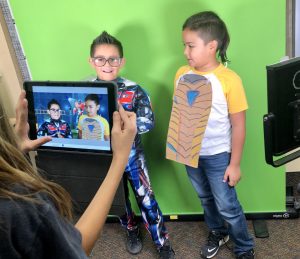
Exploration
My students recently completed a unit where they embarked on a personalized journey to design their future. Students began by researching existing career profiles to pique interest. This also gave students a chance to see what the world has to offer. They looked at the careers holistically to gain a comprehensive overview. (e.g., essential skills that were required, amount of education that was needed, average salaries, job outlook, etc.) After dissecting multiple career pathways, students had to create a job title and write a description for it. Some of the jobs they identified didn’t exist yet; however, they intersected and seemed like organic extensions of the careers they uncovered during their exploration.
Next, they had to identify several courses that would prepare them for their job. In addition, they had to write the course descriptions and justify how and why the courses were integral to their success. Critical thinking skills peaked as students reflected on and made the case for each course. From there, they had to identify the social impact of their job by describing how it was connected to the Sustainable Development Goals.
Finally, they had to uncover the connection between their job and that of their classmates to gain a micro-to-macro understanding of the global interconnected economy. Once they identified likely connections within their pool of classmates, they described possible partnerships and/or joint ventures. And all these steps were completed using Google Slides.
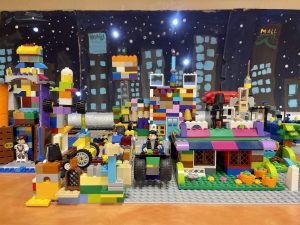
Industry, Infrastructure, and MakerED
After my students completed their slides, they went into the maker component of the lesson. For this, I frontloaded information related to SDG 9: Industry, Innovation, and Infrastructure; and SDG 11: Sustainable Cities and Communities. I used this fantastic video from National Geographic as one of the supporting resources. The video highlights the strides Singapore has made in blazing a path towards sustainability, minimizing its dependence on other countries, and becoming future-ready. The video sparked rich conversations on a wide array of topics (e.g., land reclamation, gentrification, etc.).
And finally, students set off to create the building where they would actually work at with Legos. For this component, I prohibited the use of any type of how-to manual. That way, every structure was unique, creative, and inspired by each individualized job. When all the structures were complete, the students and I placed them together to create a future city. And once the city came together, I was able to bring in additional topics (e.g., energy sources for powering our city, institutions of peace to preserve the safety of our citizens, etc.). We even built a complex transportation system with bridges and our very own version of the Hyperloop. Except, my students named our version the Legoloop.
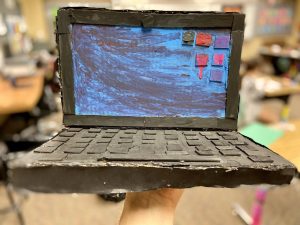
After the city was complete, students created cardboard props for a short video segment that highlighted “a day in the life” of the job they each created. To create the videos, students used the Do Ink Green Screen app on the iPad. The videos were then turned into QR codes that were attached to the corresponding buildings. After, they were shared with their parents. They were a huge hit!
Student Reflection
The final component of this unit was a short student reflection. I wanted to gain an insight into understanding the impact of this experience and students’ new perception of what their future could entail. The best part about reading my students’ work was seeing how many of them were genuinely excited about their future. Most of them said they would love to continue learning about additional career pathways. Others said the project was empowering for them. But truly, the experience was empowering for me, especially reading the words from my little girl who said she had never considered being an actual engineer until this project.
Build Your Future One Brick At A Time:

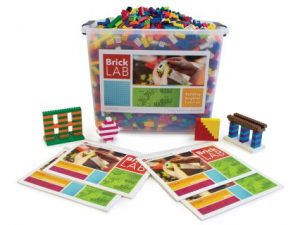
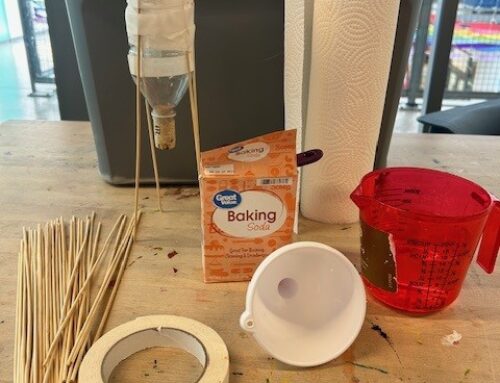

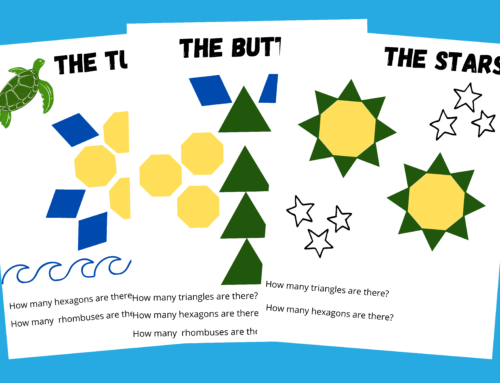

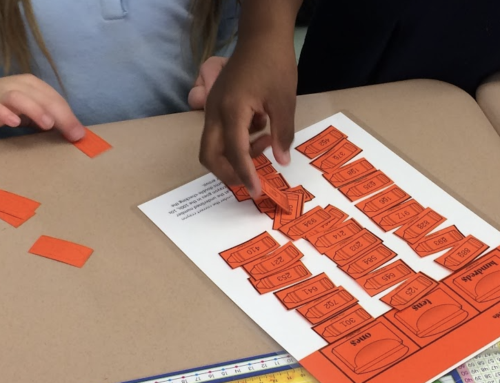

Leave A Comment